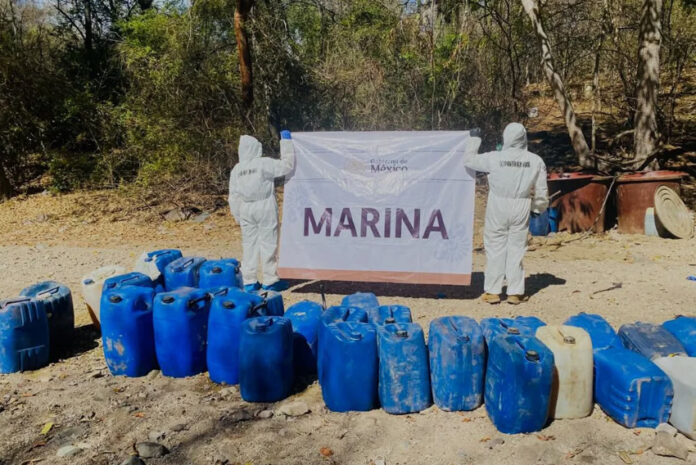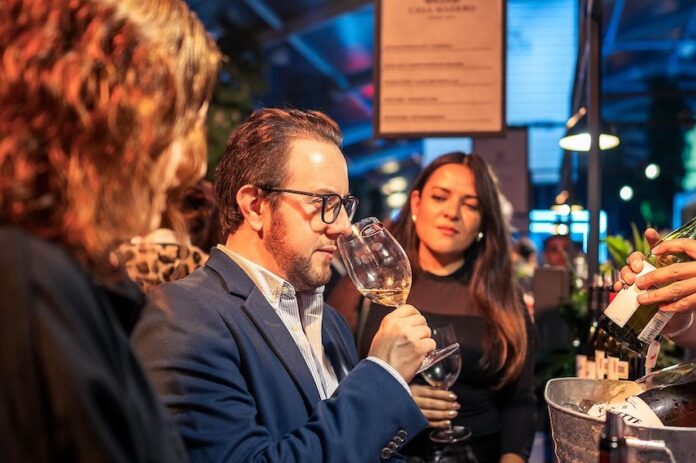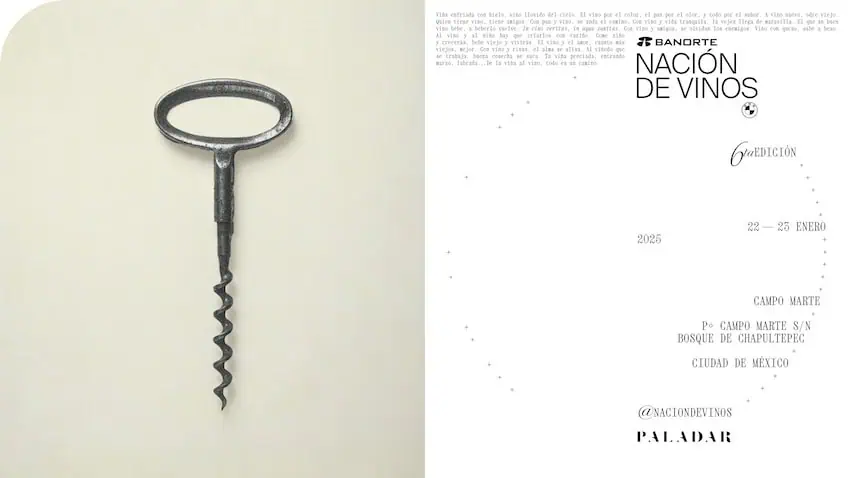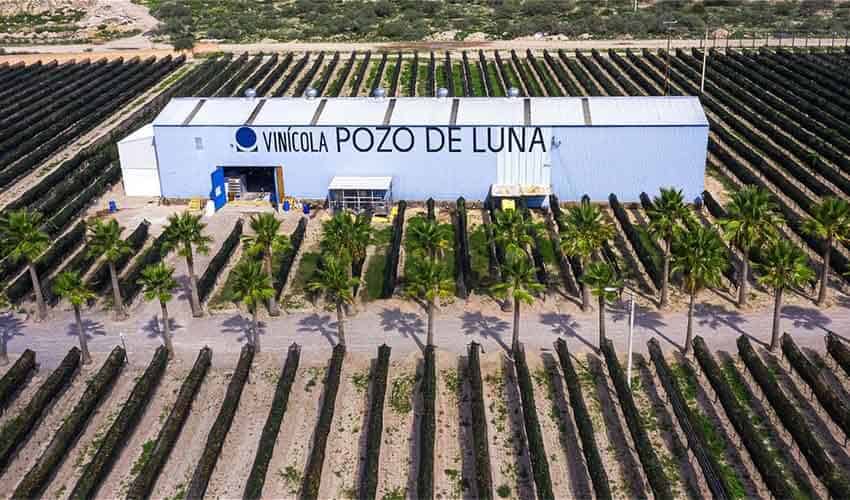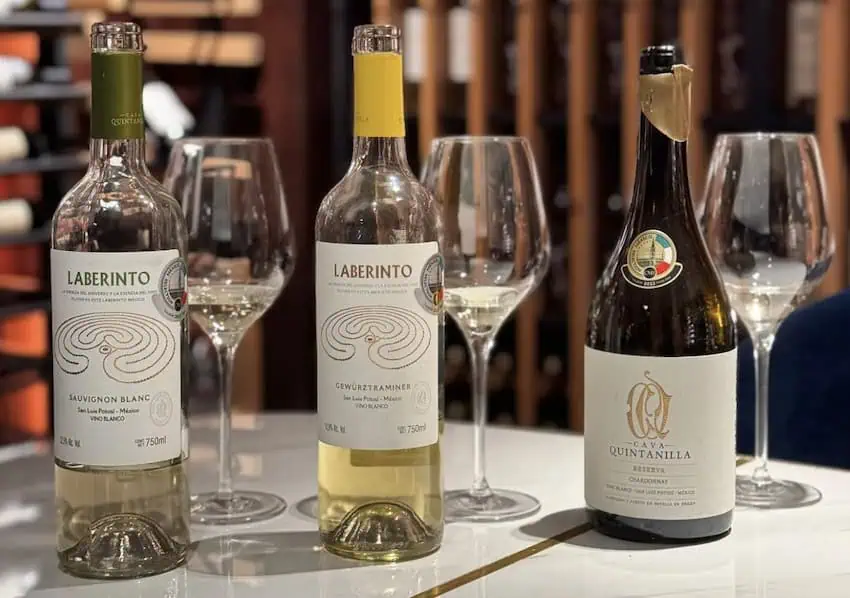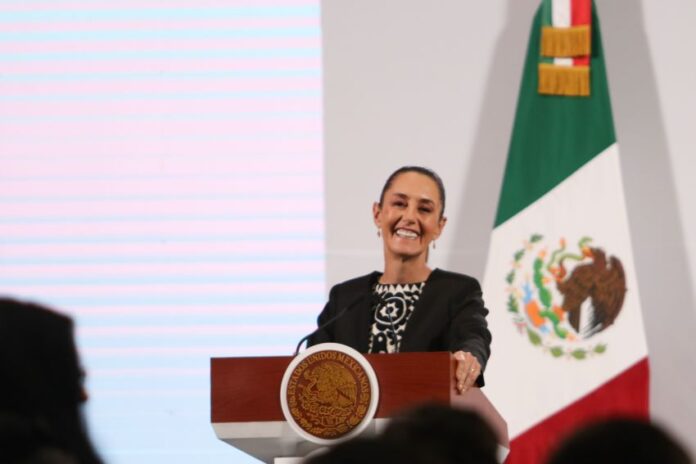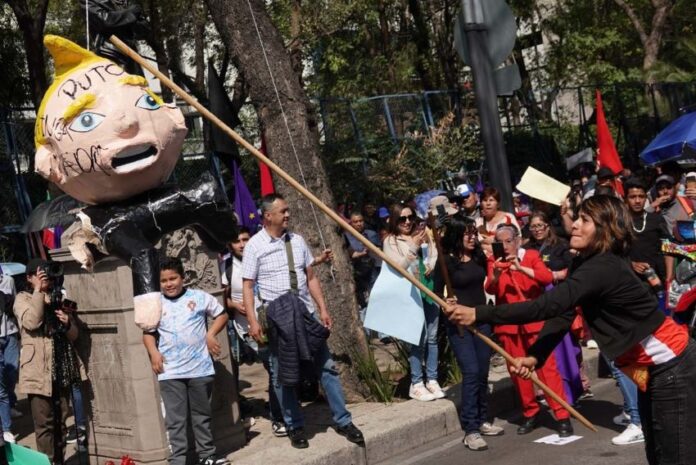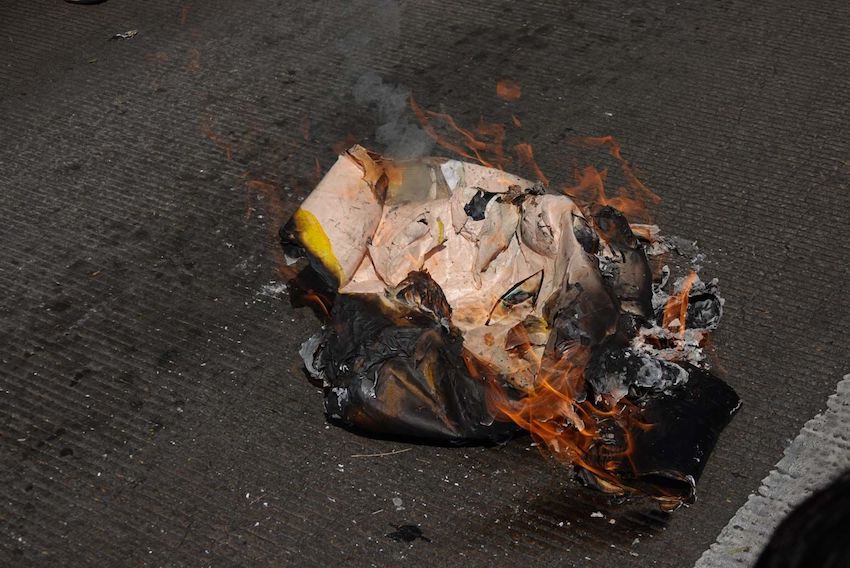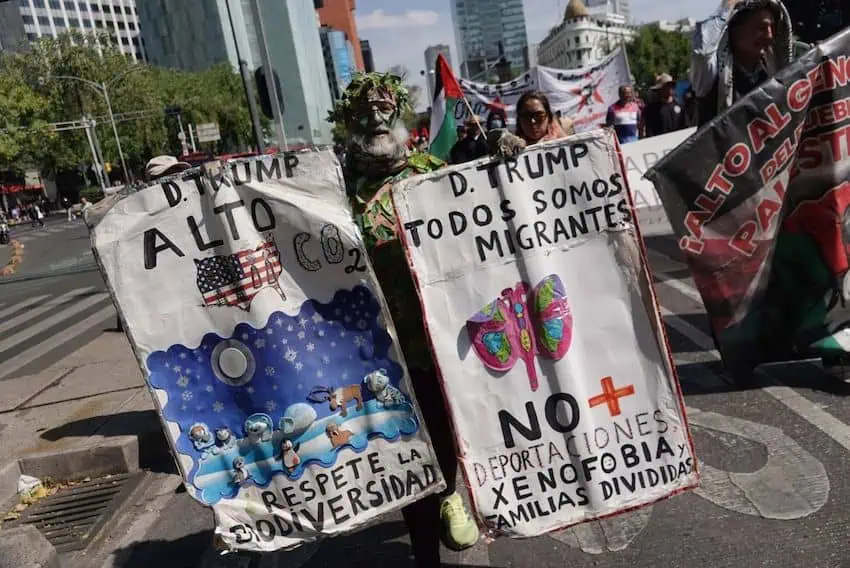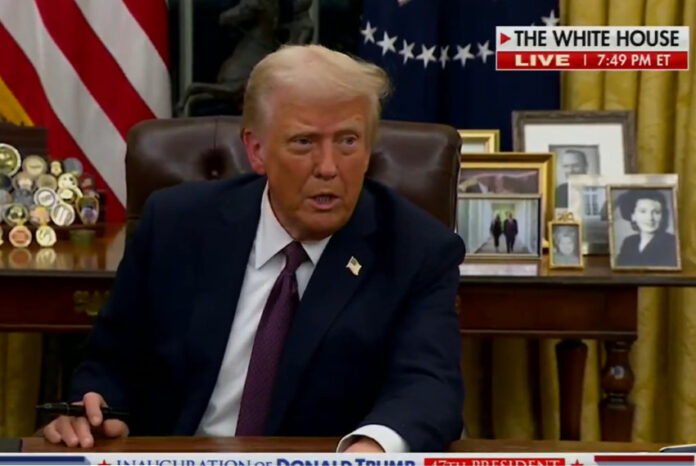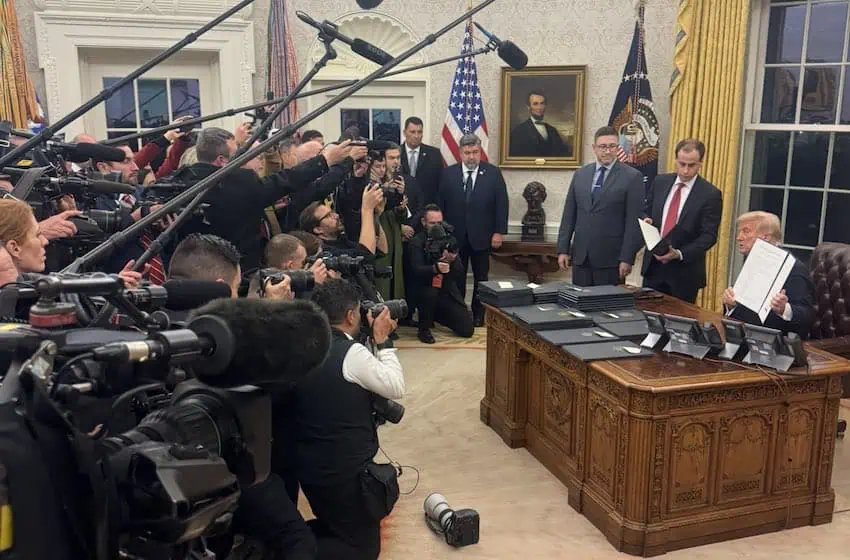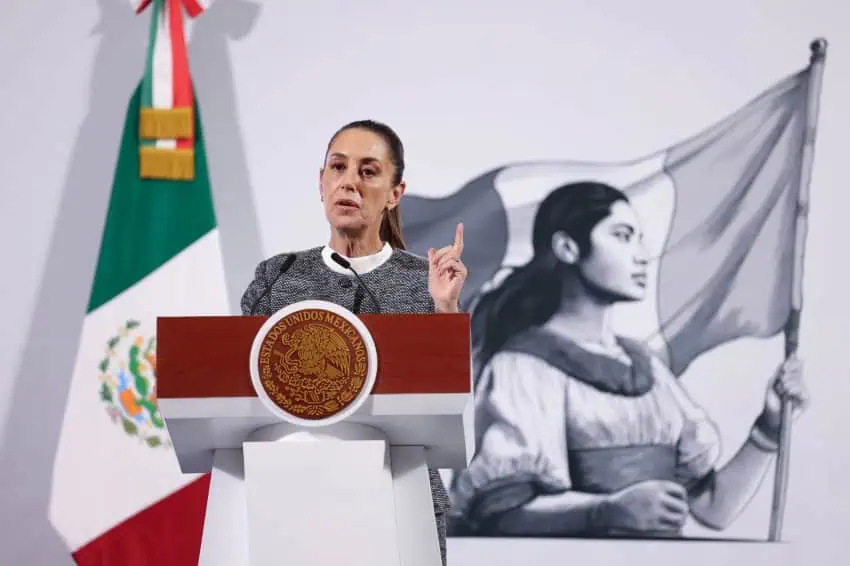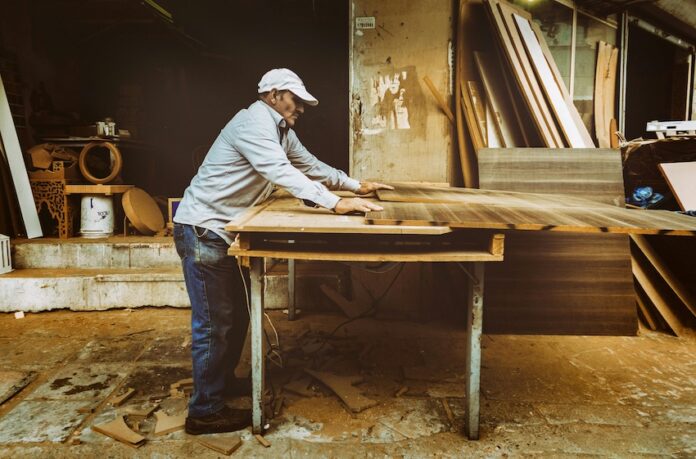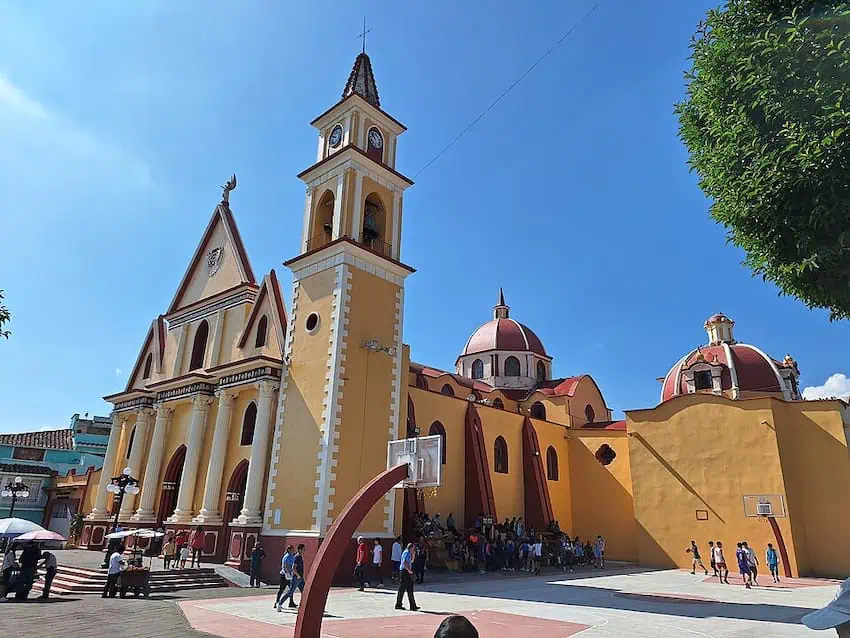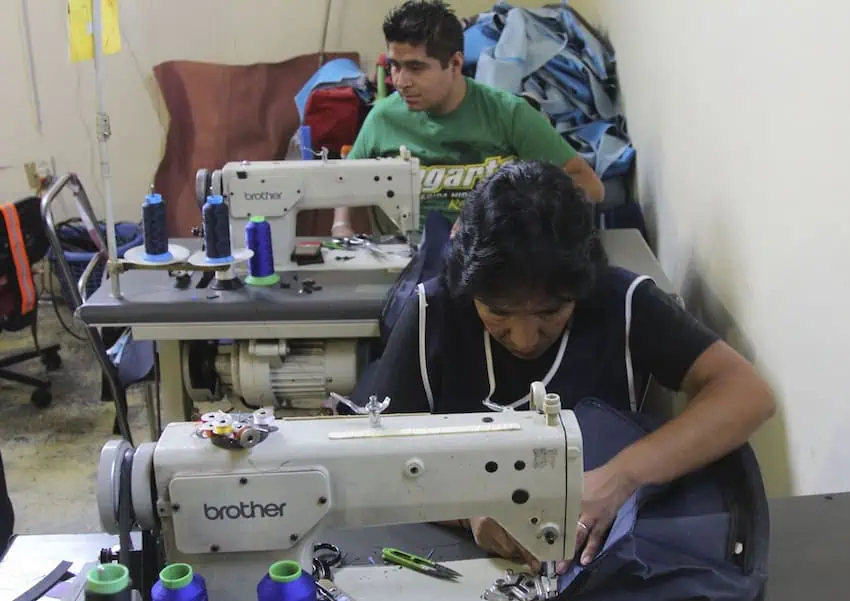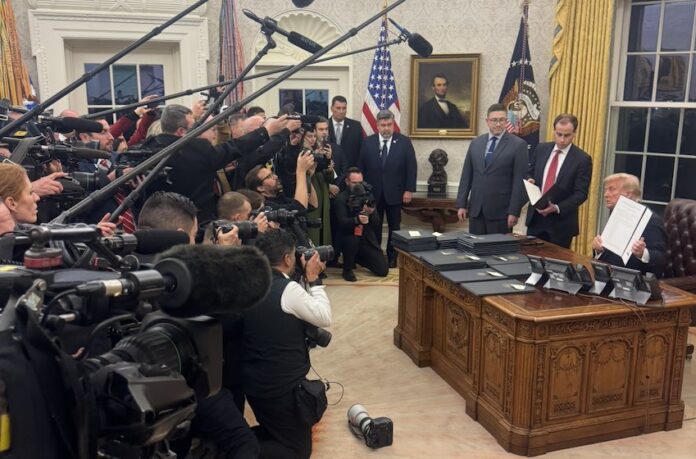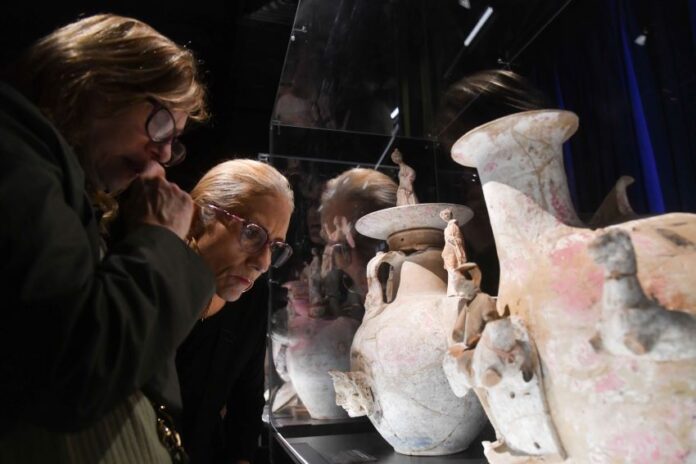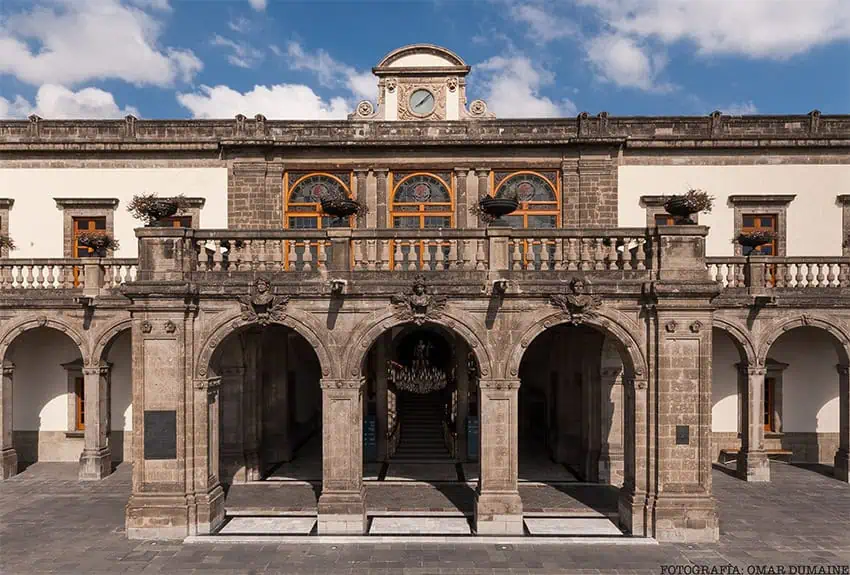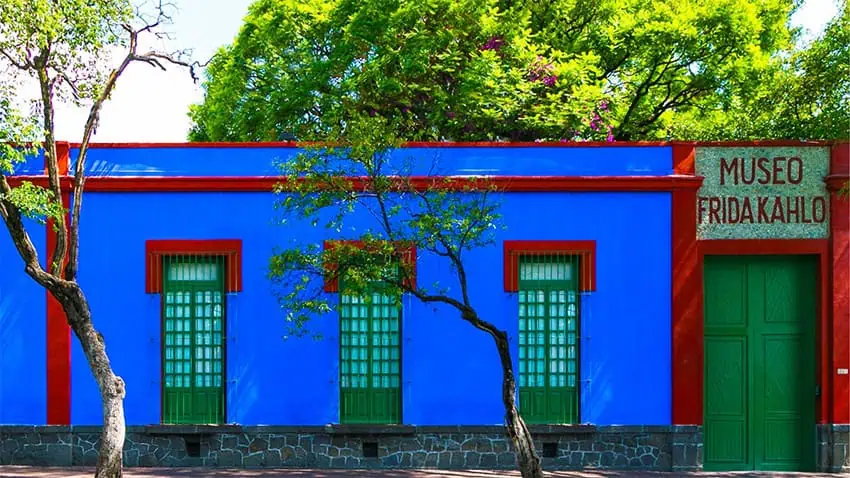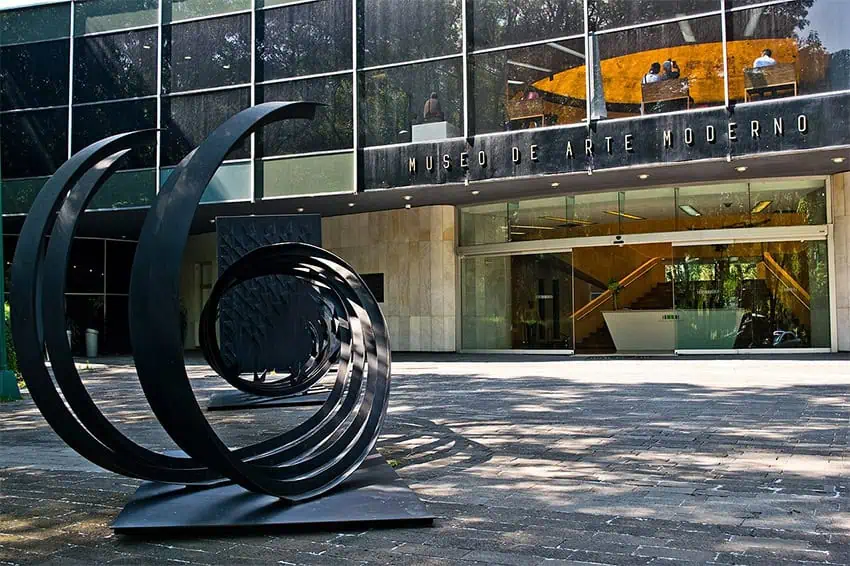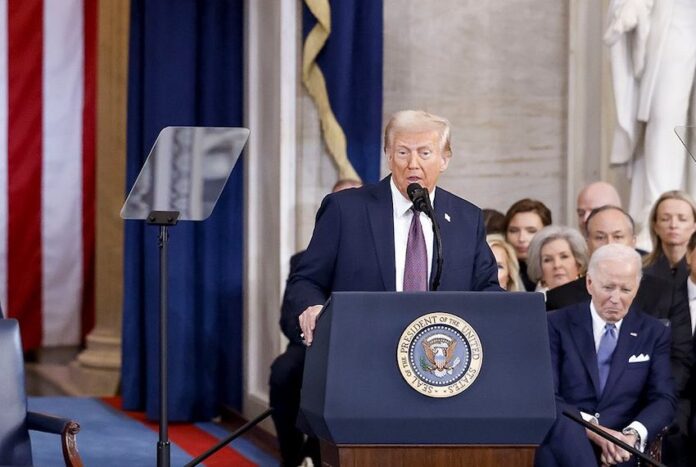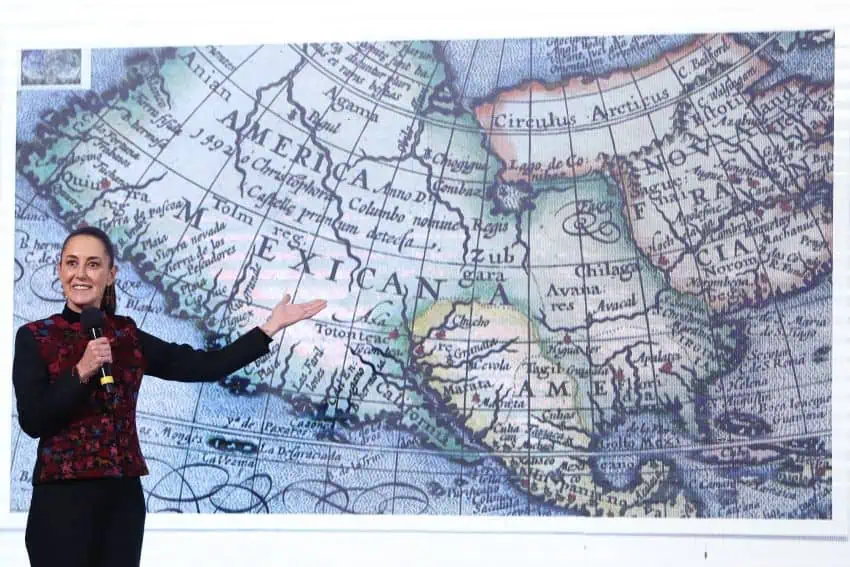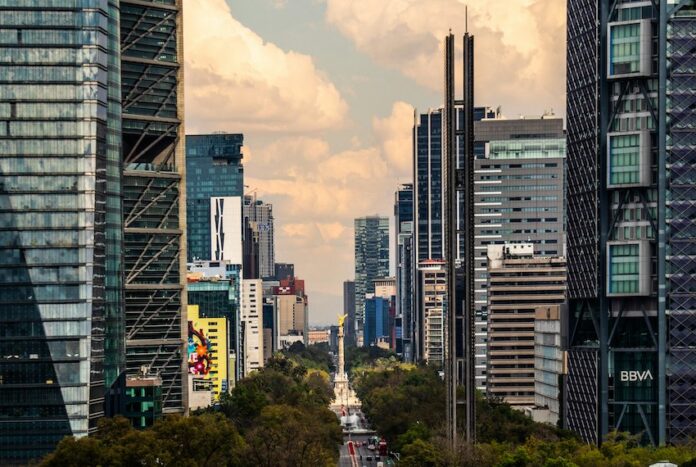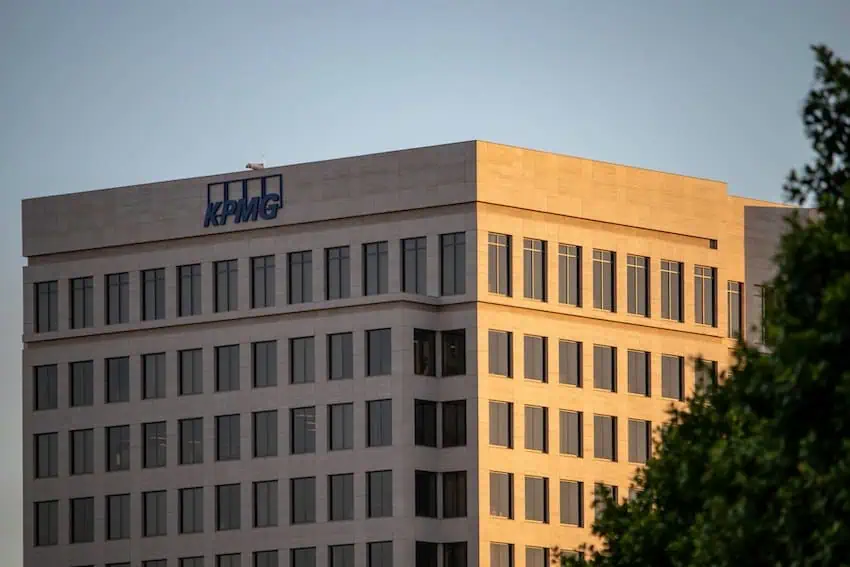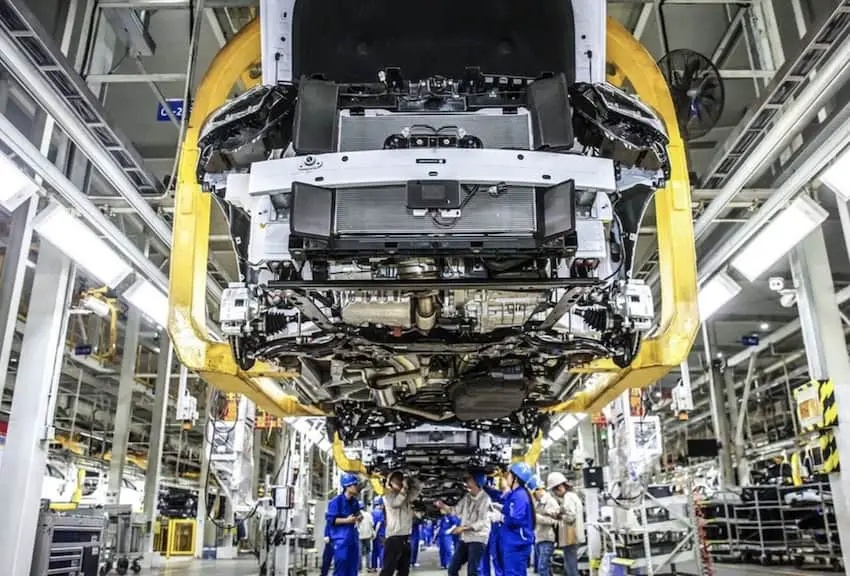The same day U.S. President Donald Trump signed an executive order saying he would designate drug cartels as foreign terrorist organizations, federal authorities in Mexico announced they had dismantled two huge narco-labs in the northwestern state of Sinaloa.
The joint action by Mexico’s Naval Ministry (Semar) and the Federal Attorney General’s Office (FGR) resulted in the confiscation of 103 kilograms of methamphetamine, more than 27,350 liters of liquid precursor chemicals and nearly 20,000 kilograms of chemical substances used in the fabrication of synthetic drugs.
En trabajo conjunto con la Fiscalía General de la República #FGR, localizamos y neutralizamos dos laboratorios clandestinos presuntamente empleados para la elaboración de estupefacientes, en inmediaciones del poblado de los Cedros, municipio de Culiacán,… pic.twitter.com/95Thmjs64I
— SEMAR México (@SEMAR_mx) January 20, 2025
The newspaper La Jornada estimated that the bust cost drug cartels more than US $4 million.
The two laboratories were discovered near the rural village of Los Cedros in the municipality of Culiacán, Sinaloa. Also discovered in the raid were three reactors, five distillers, and a variety of tubs, containers and generators that are typically used to produce synthetic drugs.
All the materials found at the two sites were destroyed, Semar reported.
In a post to social media, Semar remarked that with this most recent seizure, Mexico has dismantled 10 clandestine laboratories and confiscated 8.4 tonnes of methamphetamines, as well as 68 tonnes of chemical substances during the first three weeks of the year.
In a separate press release, Mexico reported that soldiers operating nearby had discovered another suspected drug production operation, impounding 2,350 liters and 100 kilos of materials that could be used to manufacture methamphetamine.
Federal authorities estimate the value of these confiscated materials at about 56 million pesos (US $2.7 million).
Hours after being sworn in as the 47th U.S. president on Monday, Trump signed the executive order that described Mexican drug cartels as “[a threat to] the safety of the American people, the security of the United States, and the stability of the international order in the Western Hemisphere.”
The order continues: “The Cartels have engaged in a campaign of violence and terror throughout the Western Hemisphere that has not only destabilized countries with significant importance for our national interests but also flooded the United States with deadly drugs, violent criminals, and vicious gangs.”
The U.S. government is expected to recommend specific cartels for designation as terrorist organizations in the next 14 days, the AP reported.
The latest raids conducted by Mexican authorities occurred in the region dominated by the notorious Sinaloa Cartel. Last Friday, Mexico’s Security Minister Omar García Harfuch said that operations carried out in Sinaloa since Oct. 1 have weakened the Sinaloa Cartel, according to the newspaper El Informador.
In addition to the destruction of narco-labs, Mexican federal authorities have recently located and destroyed 37 hectares of poppy (used to produce heroin) and 21 hectares of marijuana, La Jornada reported.
With reports from El Informador, La Jornada and The Associated Press
